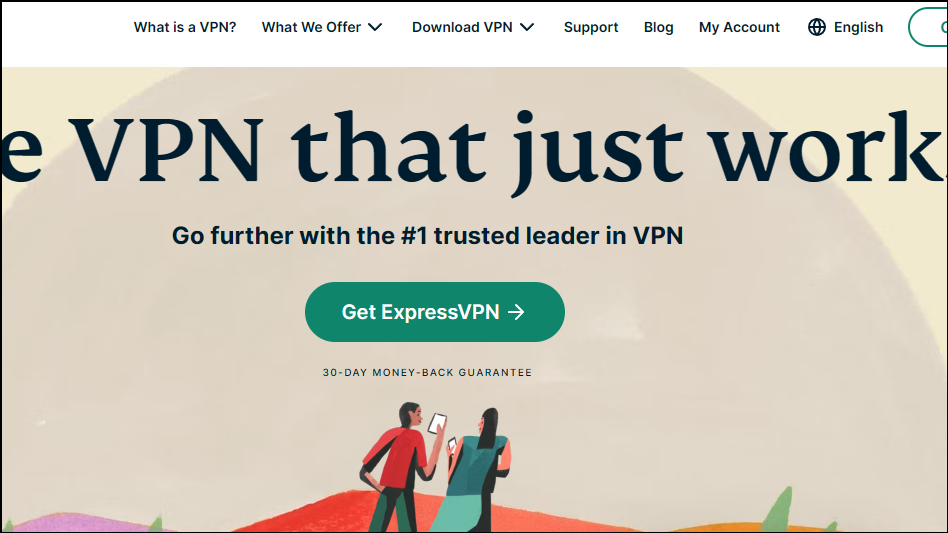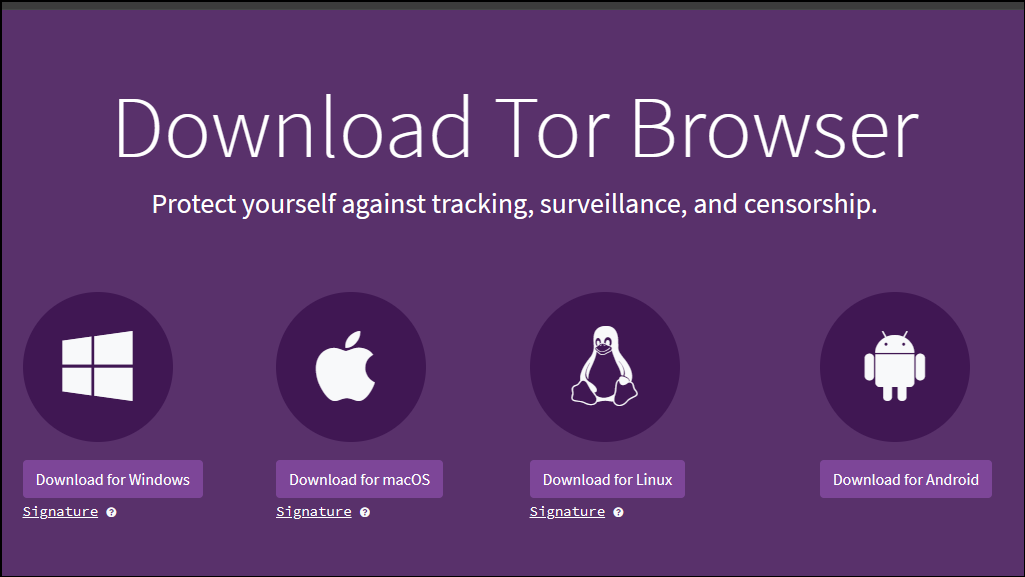The Dark Web is a part of the Deep Web that remains hidden and can only be accessed with special browsers. Focusing on anonymity, it is a place where you can find information that is not otherwise accessible over the regular web. However, it can be quite dangerous, especially if you do not take the necessary precautions, and can pose risks like phishing, hacking, and more. If you want to access the Dark Web safely, there are certain steps you need to follow to ensure your safety and privacy.
Step 1: Install a VPN
Before you can access the Dark Web, you need to download and install a VPN to secure your connection. A VPN will encrypt your internet traffic so when you access the Dark Web, it will not be possible for anyone to track your activities easily. Installing a VPN will also protect you against WebRTC and DNS leaks which can expose your IP address. To avoid that you will need to set up your browser as well as your VPN to protect against such leaks.
You can get a VPN like NordVPN or ExpressVPN which have leak protection built in. You should also check that the VPN also features WireGuard protocol which is faster and more secure compared to older options like IPSec or OpenVPN.

Step 2: Download the Tor browser
The easiest way to access the Dark Web is via the Tor browser. However, since it is so popular, you will find several versions of the program on the internet. These are unreliable copies that can cause you to download malicious content on your computer. That is why you should only download the Tor browser from its official website.

The Tor browser is completely free to use and is available for most major platforms, including Windows, Linux, macOS, and Android. You simply need to download it for the platform you use and install it on your system. Always keep the browser up to date to ensure you are protected. While the Tor browser gets updated automatically, you should manually check whether updates are available from time to time.
Step 3: Take security precautions
Accessing the Dark Web without proper precautions can open up your device to a host of threats and make it easy for hackers to access it. That is why you need to follow certain security precautions to keep yourself protected. Make sure all unnecessary programs are closed before running the Tor browser. Besides this, ensure that services like remote desktop or file-sharing that are easy to exploit are disabled and check that your webcam is covered.
If possible, consider using a Virtual Machine (VM) using tools like VMware or VirtualBox for additional security. These allow you to create a virtual OS within which you can access the Dark Web safely. This will ensure that your main machine is protected even if things go wrong.
Step 4: Navigating the Dark Web
Turn on your VPN and launch the Tor browser and it will automatically connect to the Tor network from which you can access the Dark Web anonymously. On the Dark Web, you will not find search results indexed by Google, which can make it difficult to find what you are searching for.
Dark Web also does not have traditional websites like you find on the Surface web. By traditional websites, we mean websites with domains like .com, .org, .gov, etc., and easy-to-remember names, like google.com.
Websites on the dark net have '.onion' domain and instead of easy names, they're often made of random numbers and letters, like juhanurmihxlp77nkq76byazcldy2hlmovfu2epvl5ankdibsot4csyd.onion (Tor website for Ahmia)
While services like Ahmia.fi can index certain 'onion' websites helping you remain safe, the same is not true for many other hidden services.
Because of this reason, it is quite easy to encounter fraudulent or malicious websites and you need to take a cautious approach to manually avoid them. There are plenty of dark website directories, but you have to be careful when navigating directories such as The Hidden Wiki, which often hosts harmful links that can lead to phishing scams and other problems. That is why you should always check the URLs you visit carefully and avoid entering any personal information on a website unless you're sure it is trustworthy.
Step 5: Use cryptocurrency for transactions
When transacting any business on the Dark Web, make sure to always use cryptocurrency instead of traditional currency. In fact, most sellers on the Dark Web do not accept payment methods like credit cards. And when using cryptocurrency, go for options like Zcash (ZEC) or Monero (XMR), which rely on advanced cryptography to ensure complete privacy.
While Bitcoin may arguably be the most popular cryptocurrency, it is not completely anonymous. Things like blockchain analytics, cookie tracking, connected nodes, and address reuse can make it possible for people to track your transactions. You can use Bitcoin mixers to make your tokens anonymous, but doing so is quite costly and requires trusting third-party actors who cannot be traced.
Step 6: End the session and clear the cache
Once you've finished your browsing session, you don't just have to close the Tor browser but will also have to clear its cache to ensure no cache files remain on your system. You can use third-party tools like Bleach Bit to completely wipe temporary files if you want to go the extra mile for security. After clearing the temporary files, reboot your computer to end any background processes that might still be running after closing the browser.
It is also a good idea to use full-disk encryption utilities like VeraCrypt which can protect your data even if your device is hacked or stolen.
Things to know
- While it may appear so, the Dark Web is not illegal, so you can access it as long as you do not use it for nefarious activities, like buying and selling prohibited items.
- Your ISP will know when you connect to the Tor network, but will not be able to monitor your online activity on the Dark Web.
- Like other web browsers, the Tor browser supports extensions and add-ons, but you should avoid using them as they can compromise your privacy and security.
- When browsing the Dark Web, consider switching to a non-mainstream search engine that does not store user data, unlike Google and other mainstream options.


